Socialisation, Play, Body Language and Dog intros
With thanks to Donna.
When your dog meets another dog, this should be a natural process. For example, if your dog doesn’t want to greet then don’t force them to. Dogs learn through play and we want their experiences to be as positive as possible.
If your dog is worried or scared please speak to me directly and I can tailor a meet and greet for your dog.
To start with I introduce dogs on the short, loose lead to new dogs. Start by checking with the owner. Is it ok for your dogs to meet? If it’s a yes then, you want to keep your lead as loose as possible. If they sniff genitals side on this is a great polite greeting. You want to avoid tight leashes and head on greetings as these tend to cause tension and subsequently unsuccessful greets.
You can salk towards the other dog, slowing your step as you get closer. Keep your lead in a smiley face position. Then as you go past you are going to count 1,2, quick greet 3 walk on, so you almost don’t really stop to beging with.
The Body language that you are looking for is that your dogs’ body is nice and loose. A little wiggly is fine, please note if a dog’s tail is wagging this doesn’t mean it’s comfortable. The tail shows a level of stimulation. So for example, curled up over the top wagging like a scorpion would be a sign to move on and perhaps get your dogs nose down sniffing to calm them down.
If your dog starts to play bow, mirror the other dog these are all great signs. Once you have gotten use to your dog’s body language, let them greet on the longline. Remember to not put tension on the lead and keep moving.
Your dog does not have to greet every dog you go past, and you don’t have to socialise every day. Break you walks up into days when you are going to socialise and others when you are going to work on training or just go for a walk and enjoy the surroundings.
I also suggest you make greetings on your terms, through you. So for example ask your dog for a ‘watch me’, then they can great. However, you can use your ‘With me” cue and the lead to help your dog approach slowly on a loose lead and a curve. What we don’t want to install is that your dog can lunge and pull and bark to get to directly run up to any dog. This is rude and quite scary in a big dog.
Play: Sign’s of When to Step in?
Signs and behavior that means we may want to bring our dog out of a situation include the following but please note you need to observe the whole of the dog not just one aspect to get a clear picture off what they are saying. Look at the Doggie Language Poster by Lili Chin below to help you along with my notes below:
§ Tails between legs (Dog is anxious)
§ Ears flat to side of head ( Dog is anxious)
§ Ears body, pricked up and forward (Dog is alert and it may escalate to aggression.)
§ Dilated pupils (Dog Frightened, aroused)
§ Tense ears, held back (Dog feeling threatened. Note soft ears back is good )
§ Rigid shoulders (stress)
§ Stiff back (stress)
§ Not meeting gaze (stress)
§ Nervous scanning (stress)
§ Eyes wide open (stress)
§ Dogs chasing is normal but if one is always prey and the other always predator. You may need to intervene. Ideally they should switch rolls, though often one dog does favour one type of role.
§ Biting back of neck is normal and many dogs do like it but it’s not polite and can escalate so best to intervene if it’s too much and you see any other signs of unease in your dog. If your dog is biting back of the neck and then shaking their head this is an absolute no.
§ Barking at the other dog, is an inappropriate way to elicit play.
§ Humping, is a sign of insecurity and never appropriate way to interact.
§ Air snaps. This is clearly telling the other dog to back off. It will escalate if the other dog doesn’t listen.
§ Standing with his head over the other dogs shoulders. This is confrontational and likely to escalate.
§ Body slamming is very rude.
§ Putting other dogs on their backs with mouths around the neck of the other dog and holding him to the floor, not cool.
§ Dogs forming a gang/ pack. It is intimidating so use your alternative behavior to intervene.
§ Stalking/ approaching directly. This is part of many normal dogs approach but is also part of prey drive. Polite dogs greet on a curve.
However with so much going on, I say look at the dogs, if they both seem happy then they play is probably fine but if one shows signs of stress as above and the others isn’t listening. Step in.
How Might you Intervene?
· Have your dog’s wear a harness and house/ long line to remove them.
· Use behaviors you have taught to fluency eg recall.
· Don’t get your hands in the middle of a fight in case aggression is re directed to you.
· Having water at hand is a useful last resort.
· Once you have your dog back you may like to use T Touch, Bucket game or ask for a down stay until they are calm. Some sources, say Cortisol levels take about 72hrs to dissipate so be aware that after an intense incident your dog is more likely to react. We call this trigger stacking.

